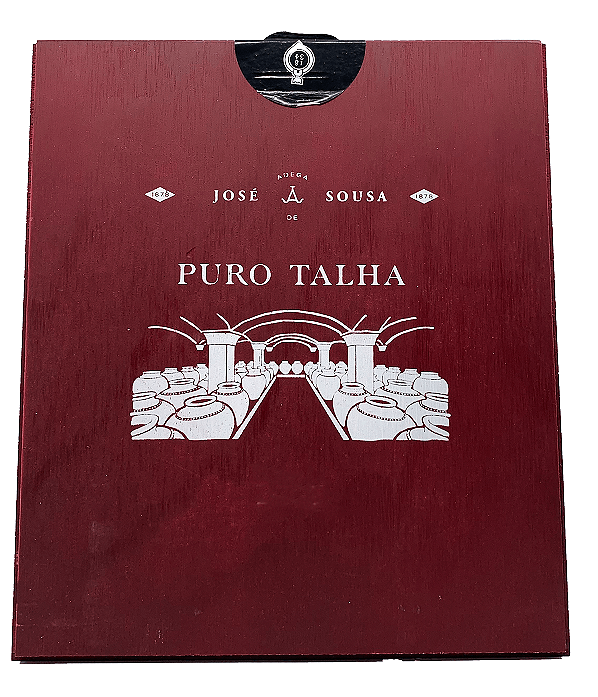At the José de Sousa winery, some ancestral winemaking techniques are still used, the most emblematic being the use of carving in the fermentation of grapes. The essentials of carved winemaking have changed little in more than two thousand years. In this process, the red grapes previously crushed by foot are de-stemmed by hand on a ripping table. Fermentation occurs with 30% of the stalk, in tanks with an average capacity of 1,600 liters at a temperature of around 28ºC, being controlled by watering the jugs 4 times a day. Fermentation takes approximately 8 days, with the wine remaining in post-fermentative maceration until November. After pressing the dough, some of it ages in carvings for a period of around 16 months, using a film of olive oil to prevent oxidation. The other part ages in 500-liter brown casks. At the same time, the rest of the stalk was fermented in a “task” (small pot with a capacity of 300 liters) with a little must. This product is called ripanço wine because it is the result of this ancient technique of manual stemming. This wine is used in the final batch as “salt and pepper”.
This store requires javascript to be enabled for some features to work correctly.


